Whether art appears as grotesque or gorgeous, both generate an emotion. In the piece “Untitled (indifference),” Sada Reed (they/them), CAS ’25, melded together their hair and latex, aiming to highlight the relationship between hair and identity, but mostly to unearth similar critical feelings in others.
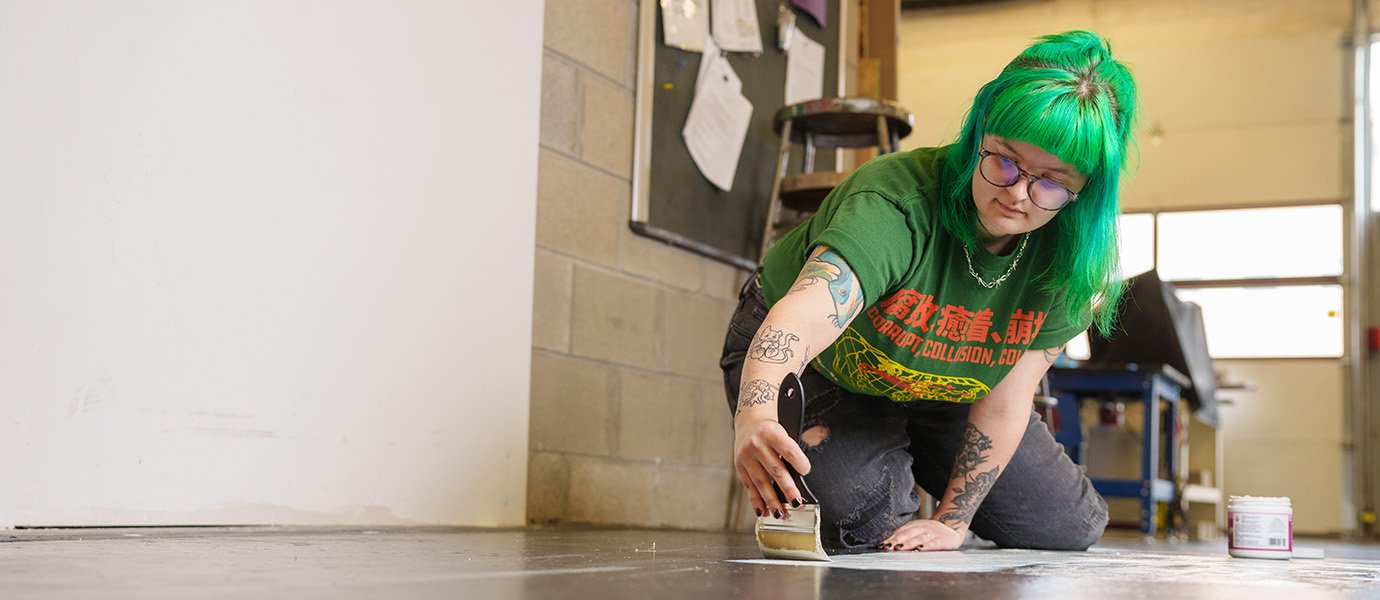 |
“Artists definitely understand this feeling,” Reed explains. “Someone might say, ‘I’m disgusted by this,’ and I love that for them. People have told me my work is revolting, and that can be the biggest compliment.”
By creating with hair, Reed illustrates their identity: simply a lived-in shower with hair remnants or an image of beauty. In this one representation of their art, they heard compliments ranging through “nauseous,” “gross” and “beautiful.” This breadth of experiences communicated their thoughtful and tailored goal.
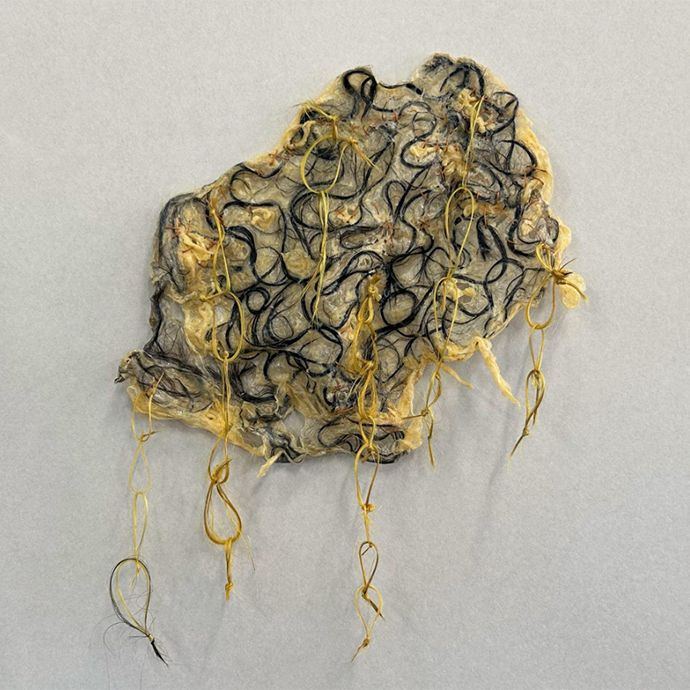 |
| "untitled (indifference)," 2024 | Sada Reed | latex and artists hair Photo provided by Sada Reed |
“I lean into a balance that takes something, like hair, that’s highly personal to me, and I show it in a way that other people can relate to or just bring out human experiences and emotions,” Reed says.
While not every piece is as directly connected to Reed, each one represents them in some manner, including medium choice, nods to their childhood, indigenous roots or current curiosities. As an Indigenous person, guided by a mother with a passion for illustration, Reed’s art blossomed with natural inspiration paired with technical tools from their mom.
Reed formed a firm foundation through drawing, but Associate Professor Cody Vanderkaay’s sculpture course solidified their calling. A sculptural course wasn’t inherently a part of Reed’s vision, but studio art studies require the curriculum. Even so, exploring dimensional art “clicked in a surprisingly freeing way.” Tying their experiences together, Reed began pursuing nature-based sculpture, eventually pushing their portfolio into metals, latex and whatever felt “intuitive.”
“Like a spider that makes its web in unassuming spaces, so, too, did Sada,” Vanderkaay explains.
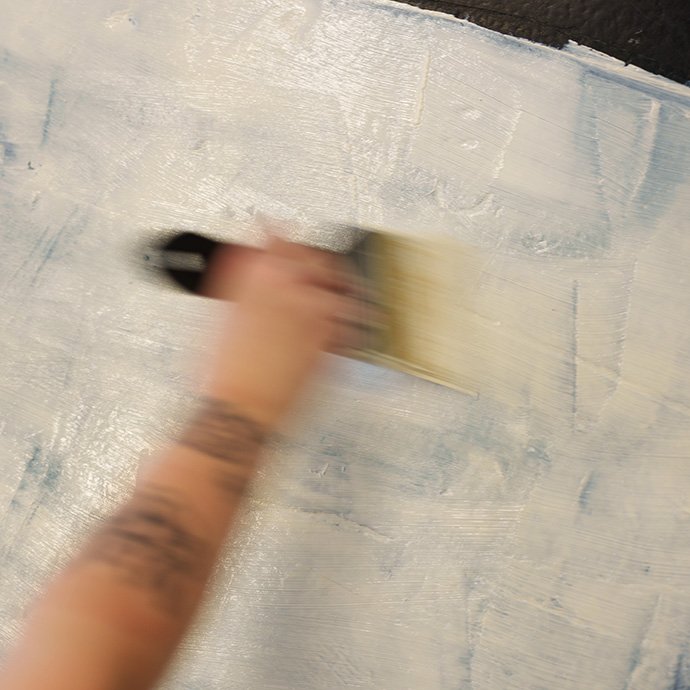 |
In their creative process, Reed draws from the elements around them, as intimate as their hair or through their core communities. Reed planted these roots at OU by serving as the president of the Native American Student Organization and currently as the longest-standing member. Additionally, Reed guides historical tours at Meadowbrook Hall and works as an art attendant in OU’s Art Gallery, valuing the transcendent talk that can exist within current communities and artists from ages ago.
Reed’s latest elemental endeavor, welding, simultaneously nods back to trades training in their hometown, while delving into recent inspirations from Lee Bontecou, a 20th-century American welding and print artist. “A lot of art is knowing what’s already around you and being in conversation in a community,” Reed says. Vanderkaay confirms Reed’s out-of-the-box techniques in each step, including determining the final display. In one welded work, “United,” Reed ultimately chose a bit of corner rafting to highlight their art from above. “The white background created visual contrast against the dark metal of the artwork,” Vanderkaay says appreciatively. “The work inspired students to think about and seek out alternative spaces for displaying artwork.”
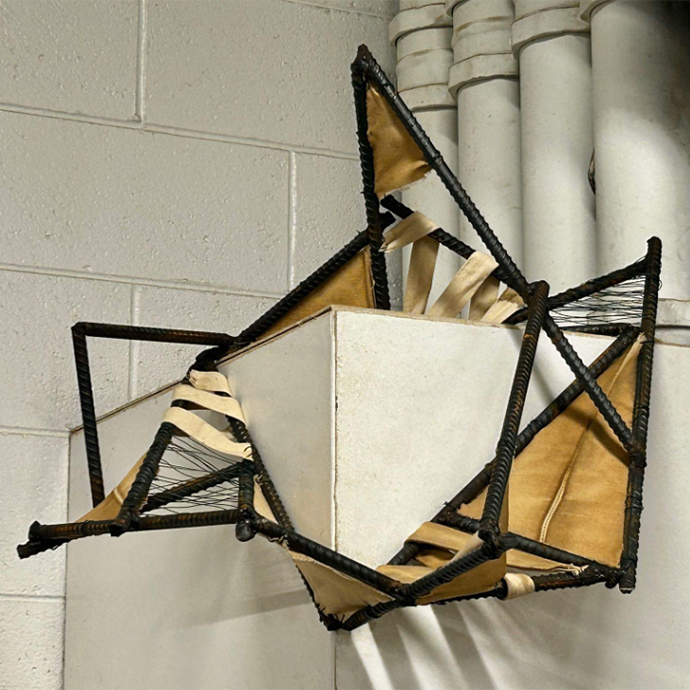 |
| "Untitled," 2024 | Sada Reed | welded rebar, canvas, coffee, wire Photo provided by Sada Reed |
In the same vein, Reed established several creative spaces for themselves that hit the heart of their communities, including classrooms, the Makers’ Studio, OU’s natural areas and their own room. Classrooms and studios naturally align with an artist’s process, but Reed notes that the people in these spaces are what drives their inspiration. “My favorite way to make art is with other people around me because there’s just a momentum that everyone has that pushes me,” Reed says. They surround themselves with people that highlight all elements of their identity, including their heritage, passions and history.
Whenever static surrounds them, like a television flickering signals, additional perspectives solidify the meaning of their art. Reed sculpted a wire mask to emulate a “pins and needles” nervousness, but further feedback introduced new ideas. “In one instance, it’s my hair, literally seeing me, and then with the mask, there was TV static and my feelings of being on pins and needles,” Reed explains. “They’re closely related, but my idea expanded.”
In another instance, Reed watched liquid latex accidentally spill over a woven, earthly green art piece, subverting their intentions entirely. As the ooze settled into its divots and sewing seams, they also subverted their expectations. Intent is only one side of the coin in Reed’s art.
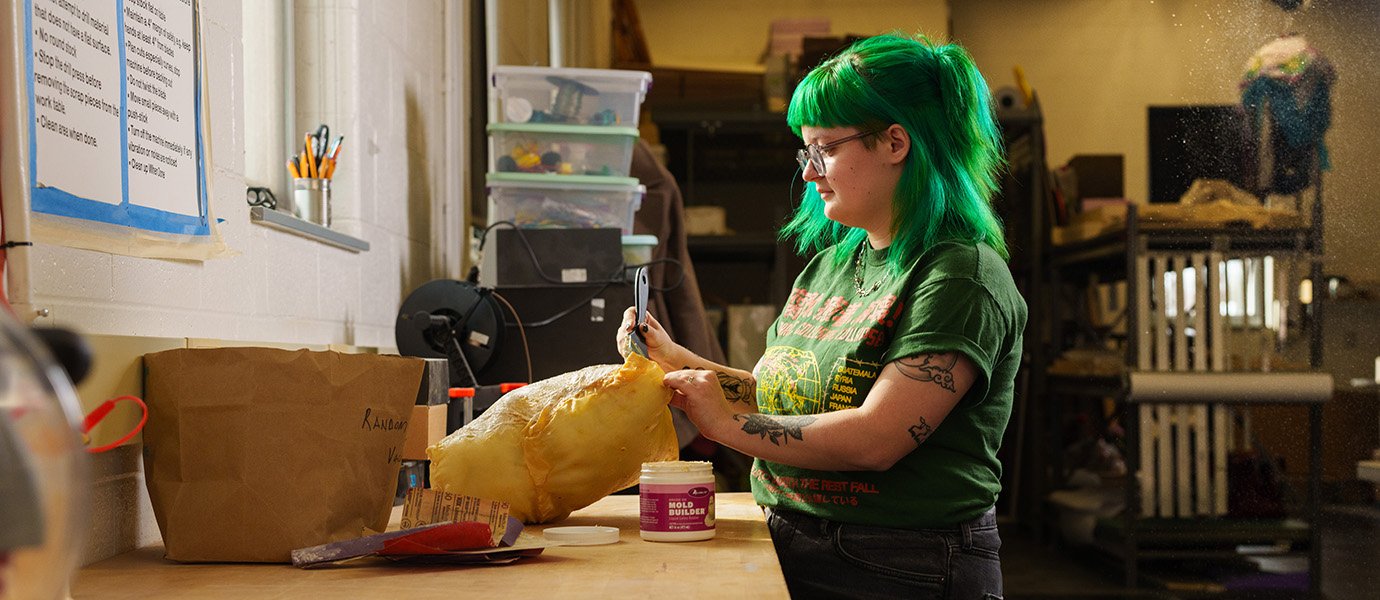 |
Reed’s emphasis on natural mediums in their art transcends nature: literally weaving in pieces of themselves, finding inspiration in any given space, allowing mistakes to become natural occurrences and, most importantly, taking notes from the communal energy around them. Oftentimes, Reed’s art includes leather, metal or other natural materials, but the nature of their art is determined more than what’s inherently natural.
“Leaning into risks around you is where your artwork will be taken to new depths,” Reed says.
More Like This: |

 April 2, 2025
April 2, 2025 By Emily Morris
By Emily Morris

